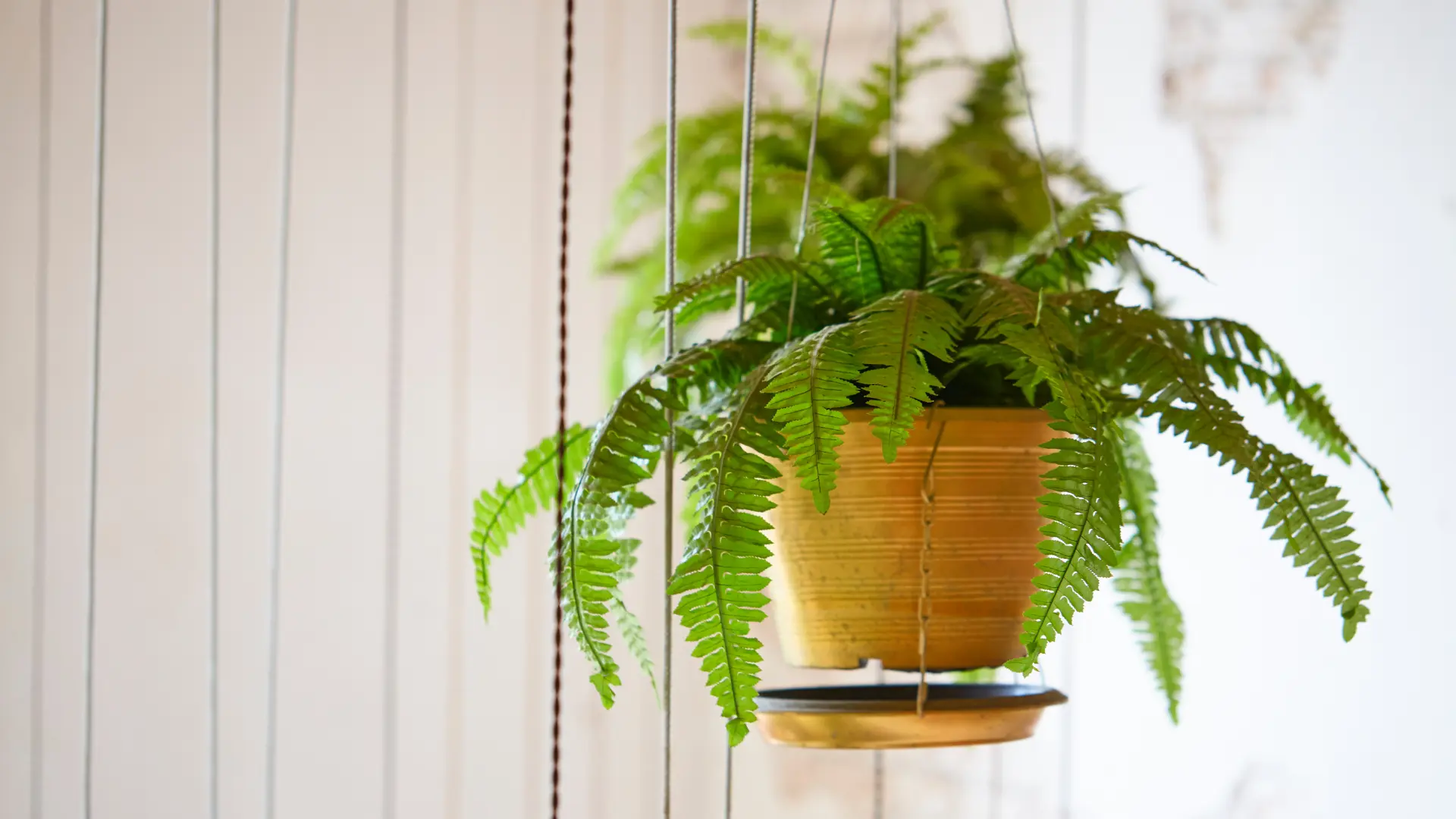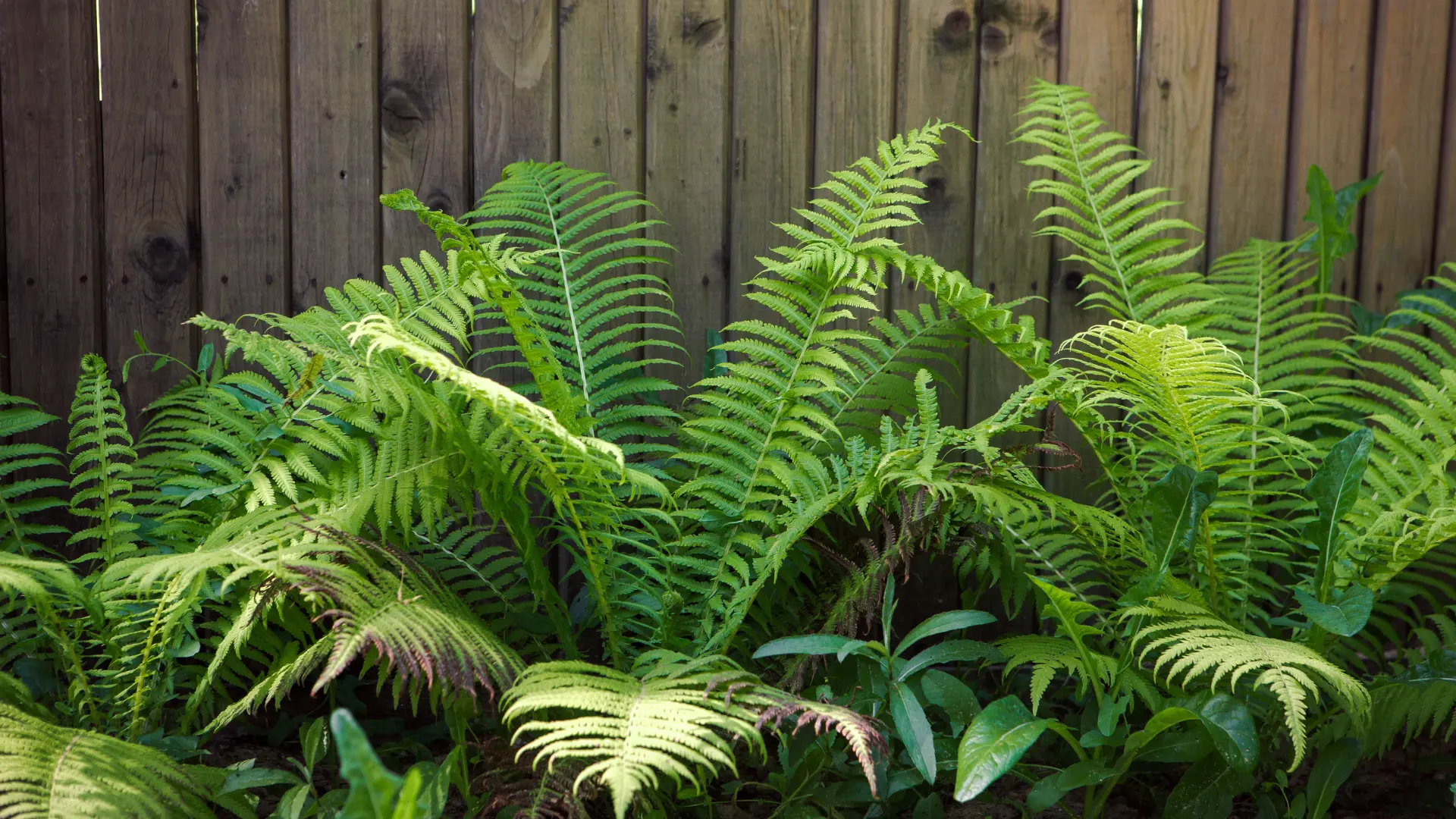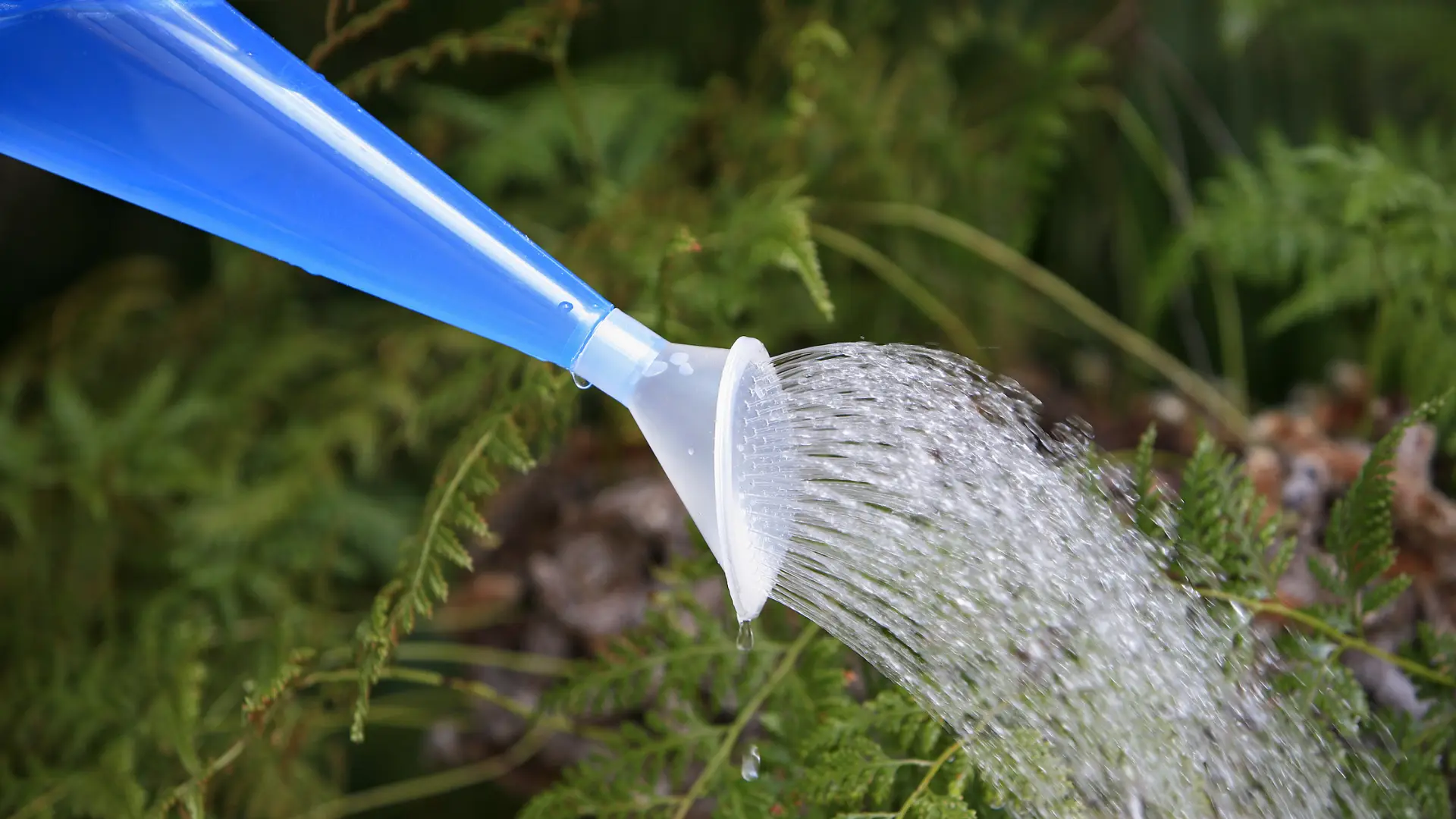Ferns are a popular option for indoor and outdoor plants for gardeners. You may find a wide range of these ferns indoors around your neighborhood. Do you have questions regarding how much water to give your ferns and how frequently they require it?
I have prepared this article to teach you everything you need to know to produce lush, flourishing ferns. In addition to receiving some advice on making the watering routine easier, continue reading to find out exactly how to hydrate your fern plants to keep them healthy for a long time.
How Do I Water Ferns?
When ferns have access to a reliable and ample water supply, they thrive. After all, many of these plants are native to the tropics, where humidity keeps the air a touch damp and rainfall is plentiful and regular. When ferns are maintained outside, rainfall naturally hydrates them. However, the gardener is responsible for providing them with this moisture supply when they aren’t.
By ensuring that the soil where they are growing is moist, you can keep your ferns happy. Although maintaining an even moisture level in the soil is what you should aim for, you want it to be manageable and saturated. It would be best to water your fern plants once the soil’s surface is dry. Don’t let their soil fully dry out.
A few ferns are an exception to this rule and can survive without regularly damp soil. These include rabbit’s foot ferns, holly ferns, and brake ferns (Pteris, Cyrtomium falcatum) (Phlebodium aureum). Before giving the plants another drink, you should wait until the soil begins to dry.
How Often To Water Your Ferns
This species of houseplant generally enjoys being near water. It is because ferns are native to the tropics, where plants are accustomed to heavy humidity and continuous rain. In light of this, you shouldn’t water your tropical ferns too frequently or in excess. Ferns lose some of their colors when they dry, but as soon as you give them some water, they quickly revert to green. Although ferns want to be kept damp, overwatering can lead to root rot.
Make sure the soil is always moist but never soaked. Place your potted ferns into a sink or bathtub and run water over them until the soil is thoroughly saturated. Be careful to avoid the leaves as this could lead to damaging effects. Place it back into its holder or tray after letting the water drain.
Use pots with adequate drainage holes at the bottom, as you would with most plants. In the summer, try to water your ferns every 4-5 days and every 7–10 days in the winter. Nevertheless, this frequency could vary depending on the kind of fern you have and whether you plant it indoors or outdoors.
Indoor Plants

The quantity and timing of watering your indoor fern plant will rely on size, growth rate, humidity, temperature, and in what pot you plant it. A fern planted inside a bathroom is likely to need less watering when compared to its counterparts cultivated outside.
No matter what kind of indoor fern you have, you should be sure to water it regularly before the soil becomes dry while also taking care not to overwater it. It could be challenging at first, but with practice, you’ll learn more about what your fern requires.
Outdoor Plants

Outdoor ferns often require less maintenance than their counterparts planted indoors, including watering, like many other outdoor plant species. To ensure that your outdoor fern receives enough water, it is still crucial to keep an eye on it.
They should typically receive one to two liters of water each week, although this depends on some other elements, like the plant’s size, the location of the fern, and the type of soil in which it is planted. Outdoor ferns need moist soil and shade to grow at their best. Ensure to water your fern less frequently when it’s raining nonstop to prevent oversaturation.
The type of soil, including the plant’s location, significantly impacts how frequently you need water ferns. Your plant will require less watering if you are utilizing clay soil. To prevent flooding, you should also provide drainage under the fern. However, if you select quick-draining ground, you’ll need to water your fern more frequently.
Signs You’re Wrongly Watering Your Ferns
Here are some indicators that your fern may be being either under or over-watered:
Underwatering And How To Fix It
You may be putting your plant’s health in peril if you underwater your fern. The following are indications that your fern may be submerged:
- Wilting
- Leaves shriveling
- Plants growing slowly
- Leaves start dropping
- Cracks in the potting soil
When you notice these signs, water the ferns, and they’d be back to life ASAP. Keep a close eye on the health of your houseplant because some ferns, like the Boston fern, are more susceptible to these symptoms than others.
Overwatering And How To Fix It
If you are overwatering your ferns, the following signs are going to be noticed by you:
- Yellowing leaves
- Grey fungi
- At the bottom, signs of green mossy growth
- Bad smell
- Wet soil that refuses to dry
Overwatering can also cause withering since it limits the quantity of oxygen the roots can reach, just like underwatering your ferns can. However, additional symptoms, such as discoloration, may appear along with overwatering symptoms. You have to stop watering your fern when you observe these signs. This is to enable you to salvage the situation before it becomes worse.
Tips For Watering Your Ferns

Although quantity and frequency are the main determinants of how frequently you water your plant, additional elements also affect quantity and frequency. Here are a few more watering suggestions to help you care for your ferns as effectively as possible.
- Always check the water’s temperature. You should always endeavor to water your ferns with water that is at room temperature. Your plant’s roots could be harmed by water that is too hot or cold.
- Add humidity – If you live in a dry region or your fern is in a dry space, consider obtaining a humidifier to add moisture to the air. Ensure, though, that the humidity is manageable.
- The amount of water you need to give ferns depends on the weather, especially if they are outdoor plants. Water your plant more frequently in the summer or if the area where your fern is located is warm. Similarly, water your plants less when the temperature is lower.
- Avoid watering your ferns from above. It is because the moisture may splash onto the leaves. Instead, water the soil above the roots of your ferns. Your ferns can utilize it by absorbing it from the root, where it will eventually trickle down. Water that skips the soil and lands on the leaves of these plants is lost because they can only collect water from the earth by utilizing their root network.
- Considering that both overwatering and underwatering can result in wilting, it is essential to distinguish between them by measuring the soil’s moisture content.
